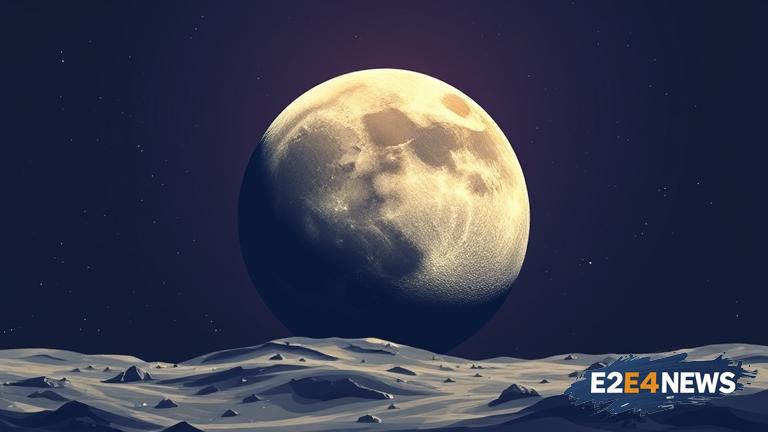India’s space agency, the Indian Space Research Organisation (ISRO), is preparing for its third lunar mission, Chandrayaan-3, which is scheduled to launch in the near future. The mission aims to land near the lunar south pole, a region that is of great interest to scientists due to its potential for water ice and other resources. The Chandrayaan-3 mission is a follow-up to the successful Chandrayaan-1 mission, which launched in 2008 and discovered water ice on the lunar surface. The new mission will feature a lunar lander and rover, which will be equipped with a range of scientific instruments to study the lunar surface and subsurface. The lander will be designed to touch down near the lunar south pole, where it will deploy the rover to begin its exploration of the surrounding area. The rover will be equipped with instruments such as a seismometer, a laser-induced breakdown spectrometer, and a radar instrument, which will allow it to study the lunar regolith, search for water ice, and analyze the lunar exosphere. The mission will also include an orbiter, which will provide communication relay services for the lander and rover, as well as conduct its own scientific experiments. The Chandrayaan-3 mission is a significant step forward for India’s space program, which has been rapidly expanding in recent years. The mission is expected to provide valuable insights into the lunar surface and subsurface, and will help to advance our understanding of the Moon’s composition, geology, and atmosphere. The lunar south pole is a region of particular interest due to its potential for water ice, which could be used as a resource for future lunar missions. The presence of water ice on the Moon was first confirmed by NASA’s Lunar CRater Observation and Sensing Satellite (LCROSS) mission in 2009, and has since been studied in more detail by a range of missions, including India’s Chandrayaan-1. The Chandrayaan-3 mission will build on these earlier studies, and will provide a more detailed understanding of the lunar south pole and its potential for resource utilization. The mission will also demonstrate a range of new technologies, including a lunar lander and rover, which will be essential for future lunar missions. The Chandrayaan-3 mission is a collaborative effort between ISRO and a range of international partners, including NASA and the European Space Agency. The mission is expected to launch on a Geosynchronous Satellite Launch Vehicle (GSLV) rocket, which is currently under development by ISRO. The launch is scheduled to take place from the Satish Dhawan Space Centre in Sriharikota, India. The Chandrayaan-3 mission is a major milestone for India’s space program, and is expected to pave the way for future lunar missions. The mission will also provide a range of opportunities for scientific research and discovery, and will help to advance our understanding of the Moon and its place in the solar system. The lunar south pole is a region of great interest due to its unique environment and potential for resource utilization. The region is characterized by its permanently shadowed craters, which are thought to contain water ice and other resources. The Chandrayaan-3 mission will provide a detailed study of this region, and will help to advance our understanding of the lunar surface and subsurface. The mission will also demonstrate a range of new technologies, including a lunar lander and rover, which will be essential for future lunar missions. The Chandrayaan-3 mission is a significant step forward for India’s space program, and is expected to provide valuable insights into the lunar surface and subsurface.





